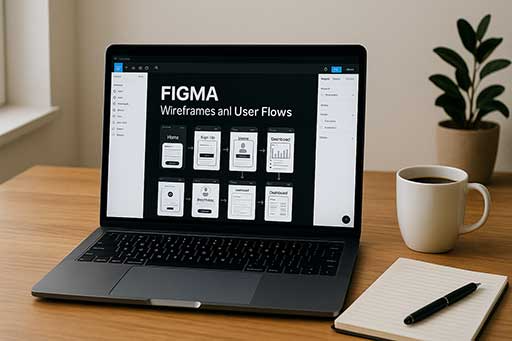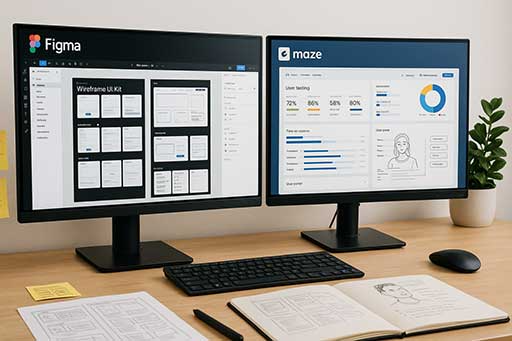What Is UX Design — And Why Learn It Online?
UX Design (User Experience Design) is about how users interact with digital products — websites, apps, dashboards, and more. It’s not just about aesthetics, but about clarity, accessibility, and smooth navigation.
Learning UX online offers:
- Flexible schedules and self-paced learning
- Access to top-tier global content
- Opportunities to build a real portfolio
- Lower cost compared to traditional design schools

What You'll Learn in a UX Design Online Course
While course structures vary, most cover these core modules:
|
|
|
|
|
|
|
|
|
|
|
|
|
|
|
|
|
|
Many courses include capstone projects and certificate options for employers.
Top UX Design Courses Online (Free + Paid)
Whether you're on a tight budget or want a full bootcamp, here’s a comparison of popular platforms in the U.S.:
|
|
|
|
|
|
|
|
|
|
|
|
|
|
|
|
|
|
|
|
|
|
|
|
|
|
|
|
|
|
📌 Many platforms offer a free UX design course, but access to support or certificates may require payment.
What Tools Will You Use as a UX Designer?
Most online programs teach industry-standard tools used in real design teams:
- Figma – UI design, wireframes, collaboration
- Notion – Documenting research and design specs
- Maze / Useberry – User testing, A/B experiments
- FigJam / Miro – User flows, mapping, ideation
- ChatGPT, Uizard, Galileo AI – AI-powered UI suggestions and mockups

UX + Motion Design: Animation Is the New Interaction
Modern UX design increasingly overlaps with microinteractions and animations. Some online courses now include:
- Principle / ProtoPie / Framer – Tools for interface animation
- LottieFiles – Lightweight animations in mobile apps
- After Effects (for UX) – Advanced motion in onboarding and empty states
While 3D tools (like Blender or Unity) are more common in game/app design, UX motion design is relevant to real-world product teams and helps your designs feel alive.
The Role of AI in UX Design
AI is redefining how UX designers work. In advanced online programs, you’ll learn to:
- Auto-generate wireframes based on user goals
- Get predictive suggestions for flows and navigation
- Speed up research synthesis with natural language AI
In short, AI in UX Design won’t replace designers — but it enhances your process dramatically.
What to Consider Before Choosing a Course
Before you commit to a UX Design Online course, check the following:
- Does it include real-world projects or just theory?
- Is the instructor a working UX professional?
- Will you build a portfolio or just get a certificate?
- Is there mentorship or community access?
- Are the tools being taught actually used in the industry?
These questions help separate practical programs from theoretical ones.
Conclusion
If you're looking to learn UX Design online, you're stepping into a field that blends psychology, creativity, and product strategy. With high-quality tools, hands-on platforms, and even AI integration, you can build strong UX foundations from home. Whether you're starting with a free UX course or diving into a full bootcamp, what matters most is consistency, real practice, and portfolio work.